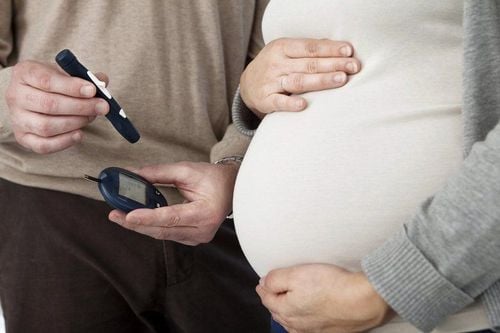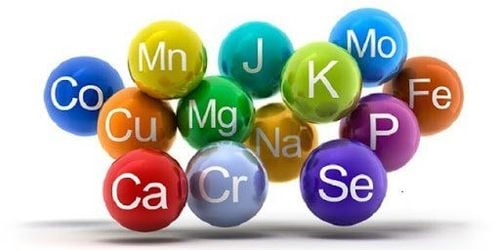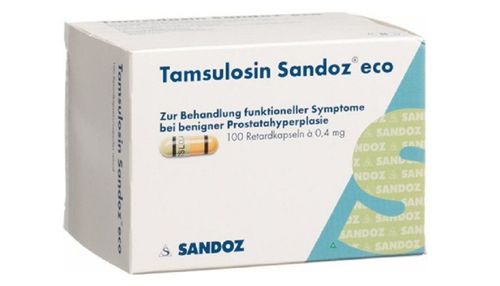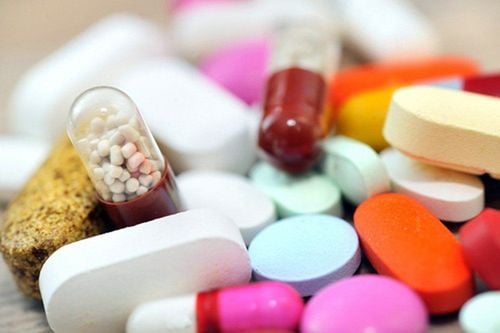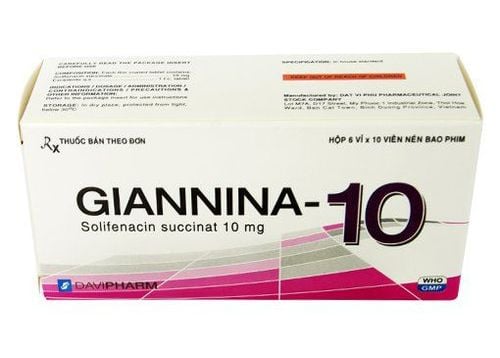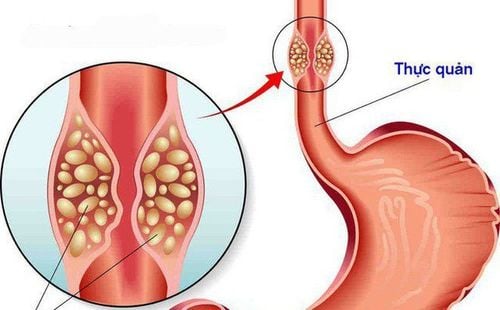This is an automatically translated article.
This article is consulted by a Doctor Urologist - Department of General Surgery & Anesthesia - Vinmec Hai Phong International General Hospital.
Diabetes insipidus is a disorder characterized by thirst and the excretion of large amounts of urine (polyuria). In most cases, diabetes insipidus is the result of the body not producing, storing, or releasing an important hormone, but diabetes insipidus can also occur when the kidneys are unable to properly respond to that hormone.
1. Diagnosing diabetes insipidus
1.1. With diabetes insipidus, you will feel thirsty, drink a lot, urinate a lot, urine volume is more than 3 liters per day, low urine density (1.001-1.005), lose the ability to concentrate urine , there were no pathological changes in urine composition. Vasopressin has a specific therapeutic effect.
1.2. Differential Diagnosis Ask about the occurrence of polyuria and family history to help diagnose the cause of diabetes insipidus. The following tests should be performed for differential diagnosis:
Water fasting test:
Preparation: You were admitted to the hospital the night before.
Should only be performed in patients with hypotonic polyuria and normal sodium and plasma osmolality. The procedure is as follows:
Stop drugs that affect the effect and secretion of ADH such as caffeine, alcohol, tobacco for at least 24 hours, other stimulating factors for ADH secretion such as vomiting, hypotension should be monitored. monitor to help with the analysis of the results. The test was carried out in the morning. Hourly monitor your weight, plasma osmolality, plasma sodium concentration, osmolality and urine volume. You will be asked to abstain from water until 5% body weight loss, sodium concentration and plasma osmolality have reached the upper limits of normal (Na > 145 and osmolality > 295 mOsm/kg, or Stable hourly urine osmolality (<5% variation within 3 hours) Evaluate results:
If urine osmolality is not reached 300mOsm/kg before these are achieved, discard primary polydipsia Incomplete diabetes insipidus: urine osmolality will be greater than plasma osmolality, but urine remains below maximal concentration. Urine will remain below plasma osmolality.Hypertonic sodium infusion test:
In the case of incomplete diabetes insipidus (central or renal) there may be a commensurate ability to concentrate urine. with impaired secretion and action of ADH.Infusion of hypertonic sodium solution and measurement of ADH levels will help distinguish between primary polydipsia, central non-coughing central diabetes insipidus. Safely, diabetes insipidus is not entirely nephrogenic.
Procedure:
Infuse hypertonic sodium solution (3%) at a rate of 0.05-0.1 mL/kg/min. Over 1 to 2 hours, measure sodium and plasma osmolality every 30 minutes. Measure ADH when sodium and plasma osmolality reach the upper limit of normal (Na > 145 mEq/L and osmolality > 295 mOsm/kg). Draw a curve to then differentiate between primary polydipsia, central diabetes insipidus, or incomplete nephropathy. This test is contraindicated in people at risk for volume overload (eg, patients with existing heart disease or congestive heart failure).
2. Treatment of diabetes insipidus
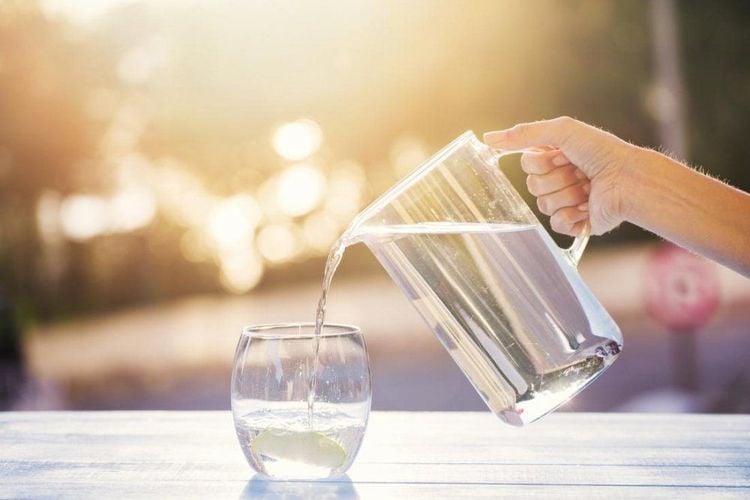
2.1. General Treatment Treatment of diabetes insipidus first and foremost is to drink enough water. The amount of water taken in is roughly equivalent to the amount of urine. Therefore, for mild cases of diabetes insipidus, the doctor may recommend drinking only 2-3 liters of water / day without taking any medicine. Cases of diabetes insipidus with frequent urination are time-consuming and troublesome, so they need to be treated to limit frequent urination. Wherever you go, whatever you do, you must bring or prepare enough water to drink, especially in summer days.
2.2 Specific treatment The treatment modality depends on the type of diabetes insipidus:
Central diabetes insipidus:
If the disease is caused by diseases of the hypothalamus-pituitary gland such as pituitary adenoma, then this primary disease should be treated. before, for example, surgery to remove the tumor. Because the cause of the disease is ADH deficiency, you will be replaced by a synthetic hormone with an equivalent effect, called demopressin, in the form of a nasal spray, an oral tablet (minirin), and an injection. Medicines work well and are safe in the vast majority of cases, helping you to lead a normal life. For mild cases, you may only need to take the drug once in the evening to ensure a good night's sleep. Treatment of diabetes insipidus in children should be prioritized for daytime treatment to limit the need to go to the toilet many times during school hours.
Some drugs to treat central diabetes insipidus:
Chlopropamide (Diabinese) is a hypoglycemic drug, it works to increase water reabsorption through ADH, the usual dose is 125 to 500mg a day, can be up to 4 days. day at the maximum dose. Carbamazepine, at doses of 100 to 300 mg twice daily, has been shown to increase responsiveness to ADH. Clofibrat at a dose of 500 mg every 6 hours improves polyuria by increasing ADH release. A low-salt diet combined with a thiazide diuretic is effective in the treatment of central diabetes insipidus due to a slight volume reduction, increased reabsorption of sodium and water in the proximal tubule, the drug has a better effect when treating diabetes. pale due to kidney. Indomethacin is a non-steroidal anti-inflammatory drug that may increase the renal ability to concentrate urine by inhibiting renal prostaglandin synthesis, decreasing the filtration rate, and increasing the renal response to ADH. In some cases, patients with diabetes insipidus have symptoms of vomiting, nausea, headache, dizziness, and disturbances in water and electrolytes, requiring adequate and timely electrolyte replacement. Treatment of comorbidities, if any. Improve physical condition, supplement essential vitamins.
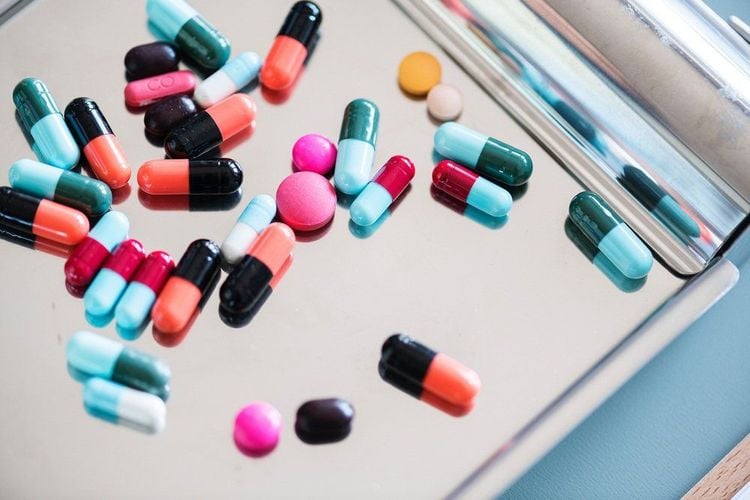
Renal diabetes insipidus:
Because the kidneys do not respond to ADH, dDAVP is not effective. If nephrogenic diabetes insipidus is acquired, urine concentration will improve rapidly after discontinuation of the drug causing the insipidus and correction of electrolyte disturbances.
Treat nephrogenic diabetes insipidus by adjusting it with a salt-restricted diet and a thiazide diuretic (eg, hydrochlorithiazid, 25 mg 1-2 times a day). Thiazides work to reduce the overall excretion of free water and electrolytes by stimulating sodium absorption in the proximal tubule and limiting sodium excretion in the distal tubule. Monitor volume depletion and hypokalemia. Amiloride may potentiate the effect of thiazide diuretics by increasing sodium excretion and by having an antidiuretic effect leading to volume depletion and decreased potassium excretion. Amiloride is also used in the treatment of chronic lithium-induced diabetes insipidus, because it blocks the sodium channels in the collecting ducts through which lithium enters and interacts between the renal tubules and ADH.
Non-steroidal anti-inflammatory drugs also have a good effect in the treatment of nephrogenic diabetes insipidus because it reduces the renal filtration rate, reduces the synthesis of prostaglandins that antagonize the effects of ADH.
Since some cases of nephrogenic diabetes insipidus are incomplete diabetes insipidus, dDAVP may also be effective for these patients.
Treatment of diabetes insipidus in pregnant women:
Most of these cases respond well to demopressin. The disease will go away on its own right after birth.
Diabetes insipidus is a rare, treatable disease that greatly affects the patient's life, sometimes can also cause severe dehydration complications. Therefore, people with frequent urination and thirst need to see a doctor soon. People who have been definitively diagnosed with diabetes insipidus should remember to take their medication regularly and drink enough fluids.
Please dial HOTLINE for more information or register for an appointment HERE. Download MyVinmec app to make appointments faster and to manage your bookings easily.




